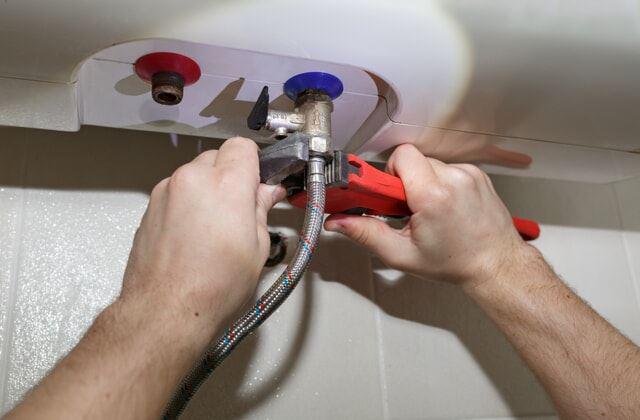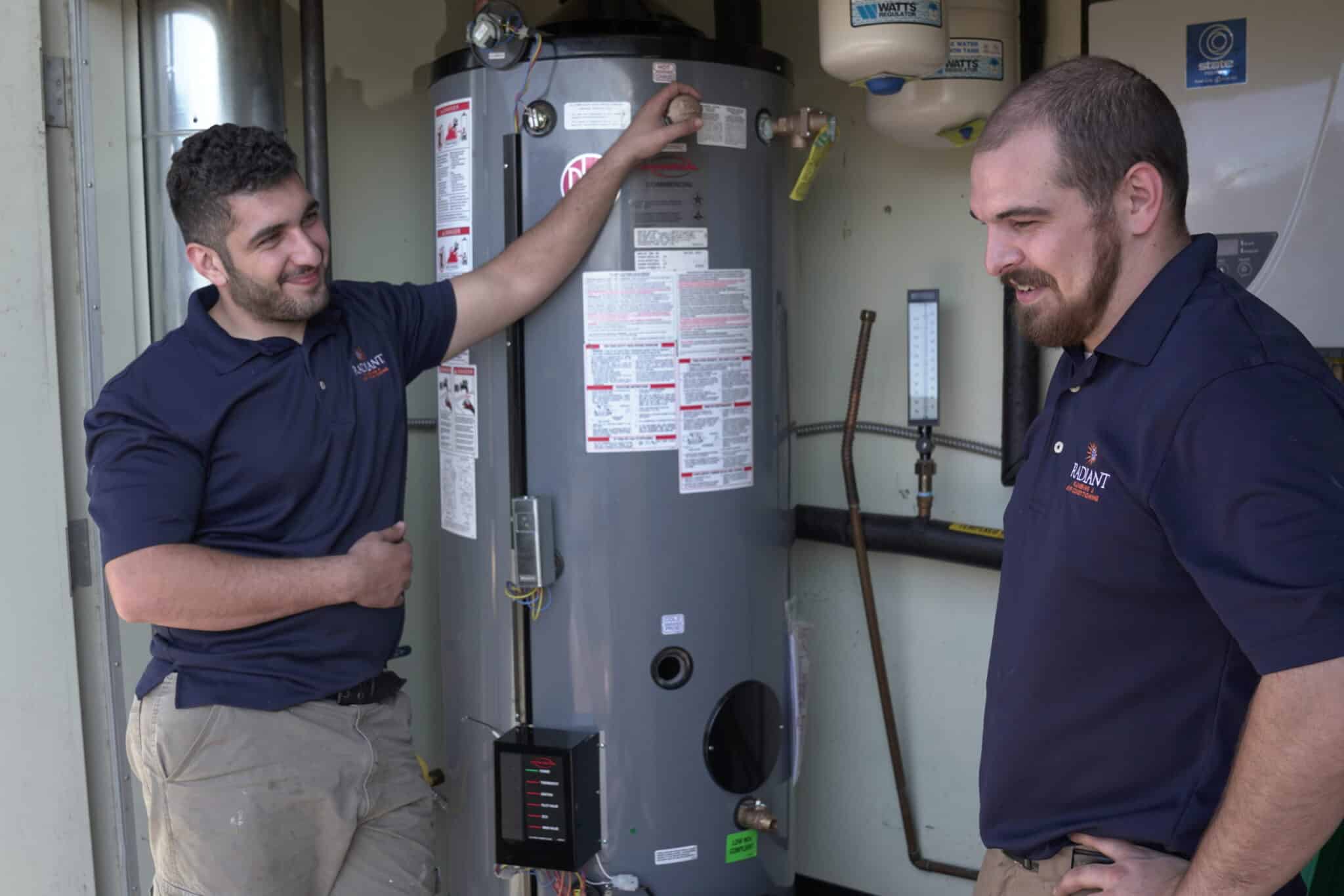Key Tips on Maintaining Your Home's Hot Water System
Key Tips on Maintaining Your Home's Hot Water System
Blog Article
The content on the next paragraphs about How to Maintain a Hot Water Heater in a Few Simple Steps is unquestionably entertaining. Don't overlook it.

Warm water is important for day-to-day comfort, whether it's for a revitalizing shower or washing dishes. To guarantee your hot water system runs effectively and lasts much longer, regular upkeep is key. This post offers sensible suggestions and understandings on how to preserve your home's warm water system to avoid interruptions and costly repair services.
Introduction
Preserving your home's warm water system might seem overwhelming, but with a couple of easy actions, you can guarantee it operates smoothly for many years ahead. This guide covers every little thing from understanding your hot water system to DIY upkeep pointers and knowing when to contact specialist help.
Value of Keeping Your Hot Water System
Regular maintenance not just expands the life expectancy of your warm water system yet additionally ensures it operates effectively. Ignoring upkeep can result in reduced performance, greater power costs, and also early failing of the system.
Indications Your Hot Water System Requirements Upkeep
Understanding when your warm water system requires interest can stop significant issues. Look out for signs such as inconsistent water temperature, strange noises from the heater, or rusty water.
Flushing the Water Heater
Flushing your water heater removes debris build-up, boosting efficiency and prolonging its life.
Monitoring and Changing Anode Rods
Anode poles stop rust inside the storage tank. Examining and changing them when worn is critical.
Facility Concerns Calling For Specialist Help
Examples consist of major leaks, electrical troubles, or if your hot water heater is constantly underperforming.
Regular Expert Maintenance Benefits
Specialist upkeep can include comprehensive inspections, tune-ups, and guaranteeing compliance with security standards.
Inspecting and Readjusting Temperature Level Setups
Adjusting the temperature level settings guarantees optimal performance and security.
DIY Tips for Upkeep
You can do numerous maintenance tasks on your own to keep your warm water system in top problem.
Checking for Leaks
Regularly inspect pipes and links for leaks, as these can bring about water damage and higher costs.
Understanding Your Warm Water System
Prior to diving into maintenance tasks, it's handy to comprehend the basic components of your hot water system. Commonly, this consists of the hot water heater itself, pipes, anode rods, and temperature level controls.
Month-to-month Maintenance Tasks
Regular monthly checks can aid catch small issues before they rise.
Testing Pressure Relief Valves
Checking the pressure relief valve guarantees it functions appropriately and protects against excessive stress build-up.
Protecting Pipelines
Insulating hot water pipelines minimizes warmth loss and can save power.
When to Call a Professional
While do it yourself maintenance is valuable, some issues call for expert expertise.
Final thought
Normal maintenance of your home's hot water system is crucial for efficiency, durability, and cost savings. By following these ideas and recognizing when to seek expert help, you can make certain a trustworthy supply of warm water without unexpected interruptions.
Water Heater Maintenance: The Basics
Maintaining your water heater will ensure it operates efficiently and has a longer lifespan. Neglecting regular maintenance can lead to costly repairs and an even bigger chunk of your savings if you have to replace it sooner than necessary. But there’s good news: Most water heater maintenance tasks are relatively simple and easy for homeowners with basic DIY skills.
Flush the Water Heater
Over time, sediment and minerals can build up in the tank, reducing its efficiency and potentially causing damage. To flush the tank, turn off the power or gas supply, attach a hose to the drain valve near the bottom and open the valve to drain the water until it runs clear. Ideally, flush the tank annually.
Replace the Anode Rod
The anode rod is a sacrificial metal rod that helps prevent corrosion inside the tank. Inspect and replace it every three to five years or per the manufacturer's recommendation. To replace the anode rod, turn off the power or gas supply, drain a few gallons of water from the tank, unscrew the old rod and replace it with a new one. If the anode rod is significantly corroded or covered in calcium buildup, it's a sign the water heater may need to be replaced soon.
Tune-Up
A yearly tune-up can help identify potential issues and ensure your water heater operates at peak efficiency. This typically involves checking the thermostat, burner assembly (for gas heaters) and any other components specified by the manufacturer. During a tune-up, the technician may also clean the burner and adjust the pilot light (for gas heaters) or examine the heating elements (for electric heaters).
How to Maintain Your Water Heater
Insulate the tank. Insulating the tank can improve energy efficiency and reduce heat loss, saving you money on energy bills. You can purchase precut insulation blankets designed specifically for water heaters or use standard fiberglass insulation wrapped securely around the tank. Check the temperature. The recommended water temperature for most households is around 120 degrees Fahrenheit (49 degrees Celsius). Higher temperatures can increase energy costs and potentially cause scalding. Use a kitchen thermometer to check the temperature at the faucet nearest the water heater. Monitor water pressure. Excessive water pressure can strain the water heater and cause leaks or even tank failure. Install a pressure-reducing valve if necessary. The ideal water pressure range is between 60 and 70 PSI (pounds per square inch). Test the temperature and pressure (T&P) relief valve. The T&P relief valve is a safety feature that releases pressure if the tank gets too hot or the pressure builds up too high. Test it annually by lifting the lever and allowing a small amount of water to release. Replace the valve if it doesn't release water or reseal properly. Check for leaks. Regularly inspect the tank, pipes and fittings for leaks or corrosion. Deal with issues promptly to prevent further damage. Even a small leak can lead to significant water damage over time. Consider a tankless water heater. If your traditional tank-style water heater is nearing the end of its lifespan ( typically 10 years), consider replacing it with a tankless water heater. These units heat water on demand, reducing standby energy losses and potentially saving you money on your energy bills. Schedule professional maintenance. While homeowners can perform many water heater maintenance tasks, it's still a good idea to schedule professional maintenance every few years. A plumber or HVAC technician can thoroughly inspect the unit, identify potential issues and ensure it operates safely and efficiently. https://www.homeserve.com/en-us/blog/home-improvement/hot-water-heater-maintanence/

Do you enjoy more info about Tips on Maintaining a Water Heater? Create a remark further down. We would be happy to see your feelings about this review. We are looking forward to see you back again soon. I beg you pause to distribute this blog entry if you enjoyed it. Many thanks for taking the time to read it.
Call Today Report this page